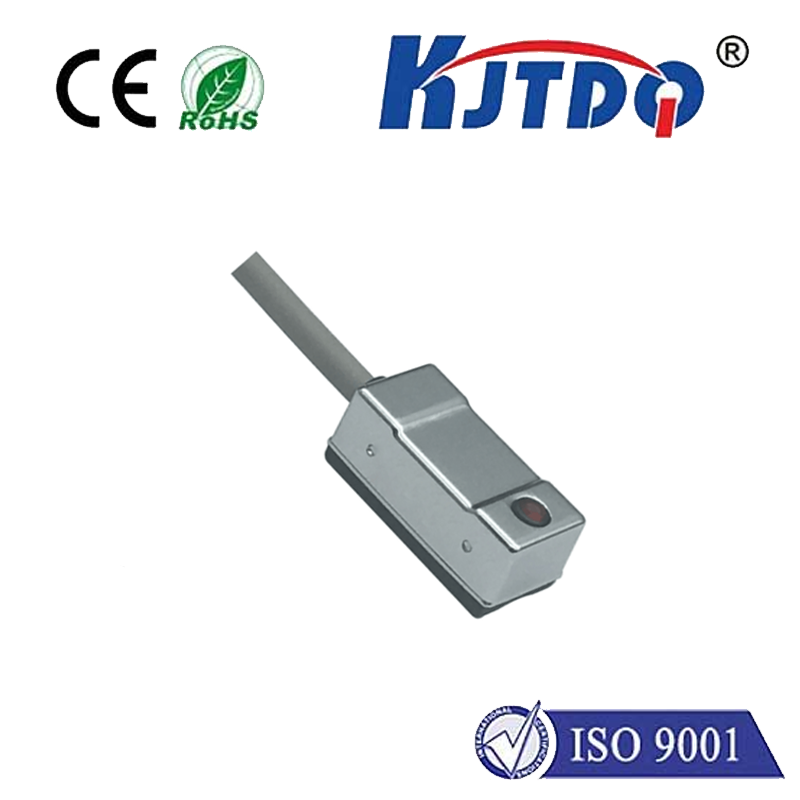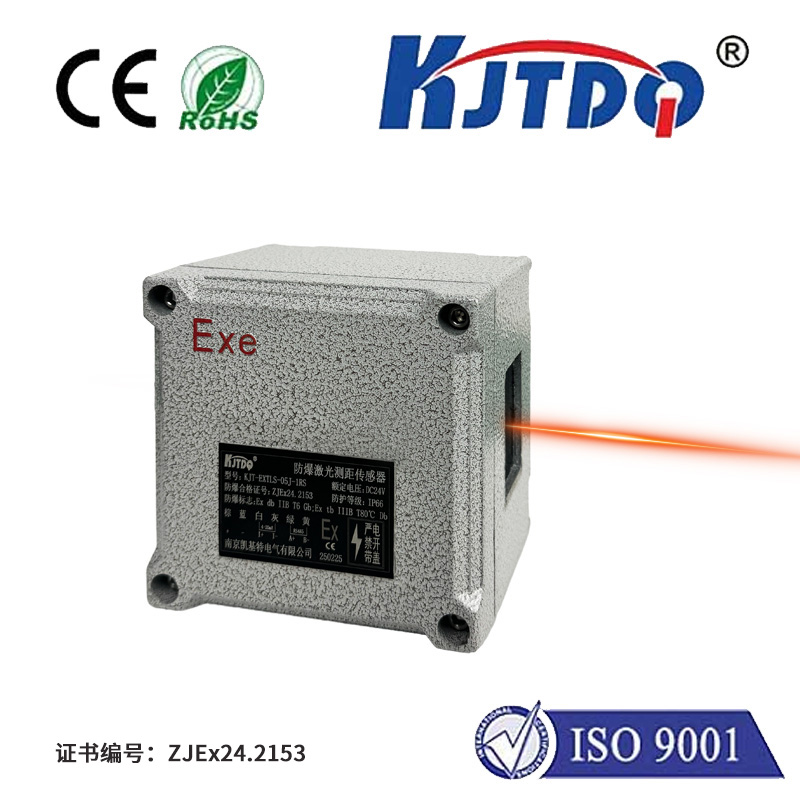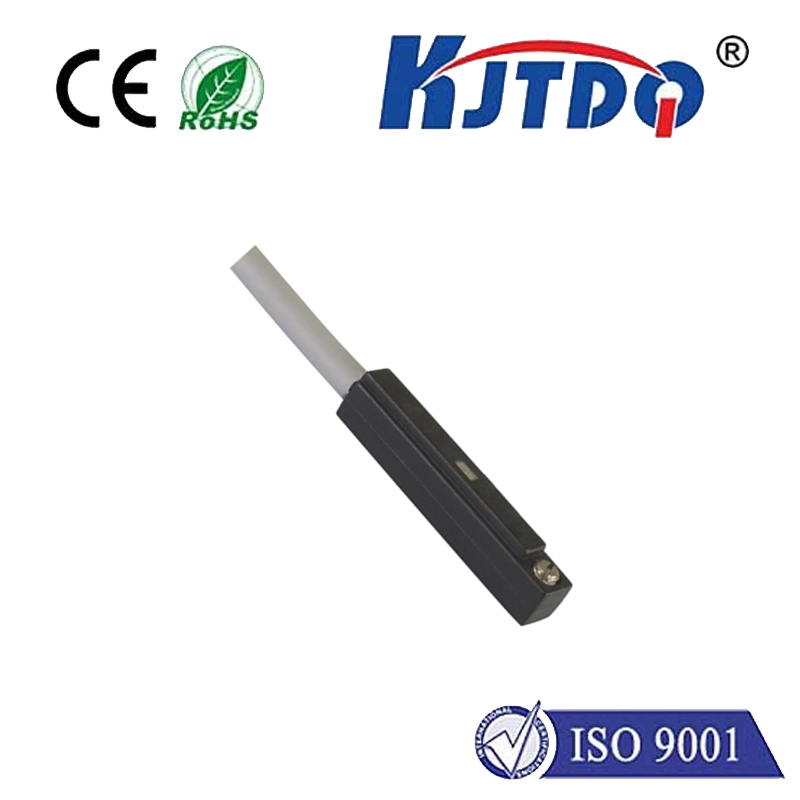metal contact sensor
- time:2025-06-20 00:13:39
- Click:0
Metal Contact Sensors: The Unsung Workhorses of Reliable Detection
Ever noticed the satisfying chime when a shop door opens, the precise alignment stopping a robotic arm, or the assurance that heavy machinery won’t operate unless safely guarded? Behind countless moments of automated precision and critical safety lies a fundamental, robust technology: the Metal Contact Sensor. More than just simple switches, these devices are foundational elements in sensing physical contact between conductive surfaces in demanding applications. This article explores their operation, diverse uses, and enduring relevance in an increasingly digital world.
Demystifying the Metal Contact Sensor
At its most fundamental level, a metal contact sensor is a direct physical switching device. It detects the presence, absence, or position of a conductive (usually metal) target by establishing or breaking an electrical circuit through physical touch. Think of it like a simple light switch, but specifically engineered to be triggered by metal-to-metal contact. When the target object makes physical contact with the sensor’s actuator or sensing surface, the internal mechanism alters the electrical state – typically opening or closing a circuit – sending a clear signal to a control system.
Core Mechanisms: Simplicity as Strength
While specific designs vary, the underlying principle relies on mechanical displacement translating into an electrical signal change:

- Physical Contact: A moving metal part (the target) touches the sensor’s actuator (e.g., a plunger, lever, roller, or specific contact surface).
- Mechanical Action: This contact physically moves the actuator.
- Electrical Switching: The internal movement directly actuates electrical contacts (often robust, gold-plated, or silver alloys for reliability). This could involve:
- Normally Open (NO) Contacts: Touch closes the circuit, allowing current to flow.
- Normally Closed (NC) Contacts: Touch opens the circuit, interrupting current flow.
- Changeover Contacts (SPDT): Combine both NO and NC functions.
- Signal Output: The change in the circuit state (voltage on/off or current flow present/absent) is read by a Programmable Logic Controller (PLC), safety relay, or other control unit as a definitive “target present” or “target absent” signal.
Why Choose Contact in a World of Non-Contact Sensors?
With the proliferation of proximity sensors (inductive, capacitive, photoelectric) that detect targets without physical touch, one might wonder why metal contact sensors remain crucial. The answer lies in unique advantages inherent to their design:
- Absolute Certainty: Physical contact provides undeniable confirmation of position. There’s no ambiguity about whether the target is truly present or merely close. This is vital for safety-critical applications like machine guarding or position verification.
- Simplicity and Robustness: Fewer complex electronic components mean potentially higher reliability and durability in harsh environments. They are inherently resistant to electrical noise interference that can plague some non-contact sensors.
- Suitability for Harsh Conditions: Many contact sensors boast rugged enclosures (stainless steel is common) and are designed to withstand extreme temperatures, high vibration, dust, dirt, oils, coolants, and physical shock.
- Cost-Effectiveness: For applications where physical contact is acceptable or even desirable, contact sensors often represent a lower-cost solution compared to equivalent non-contact alternatives, especially high-precision versions.
- Target Independence: They reliably detect any conductive metal, regardless of material type, color, or surface finish, as long as sufficient force is applied. Magnetic sensors, for instance, require ferrous materials.
- High Overload Capacity: Well-designed contact sensors can tolerate significant mechanical force or shock beyond their normal operating range without immediate failure.
Where Metal Contact Sensors Shine: Diverse Applications
Their robust and definitive nature makes them indispensable across numerous sectors:
- Industrial Automation & Machinery:
- Position and End-of-Travel Sensing: Verifying cylinder piston position (limit switches), confirming part presence in a fixture or conveyor stop point.
- Level Detection: Float switches in tanks (actuated by a rising/falling float).
- Machine Guarding: Solid confirmation that a safety gate or guard door is physically closed and latched before machinery starts.
- Material Handling & Conveying: Detecting jams, verifying cart positioning, triggering sorting mechanisms.
- Transportation & Automotive:
- Door and Access Control: Microswitches confirming door open/closed status on trains, buses, elevators, gates, vehicle doors/trunks/hoods.
- Brake Light Activation: Pedal-mounted switches.
- Gear Position Sensing: (In some transmission designs).
- Agriculture & Heavy Equipment: Position sensing on rugged implements, boom extensions, and control levers where dirt and vibration are extreme.
- Consumer Appliances: Door interlocks in washing machines, microwaves, and refrigerators ensuring operation only when safely closed.
- Building Automation: Control of access gates, doors, windows.
- Safety Systems: Emergency stop buttons (e-stop), while not solely contact sensors in the purest sense, rely on the same fundamental principle of direct physical contact breaking a circuit.
Modern Evolution: Beyond Basic Switches
The concept has evolved to enhance reliability and functionality:
- Sealed Switches: Prevent ingress of contaminants like dust and liquids (IP67, IP69K ratings).
- Long-Life Contacts: Utilizing precious metals and optimized designs for millions of operations.
- Hysteresis: Built-in mechanical dead band to prevent “chatter” (rapid on-off signals) when the target is near the switching point.
- Magnetic Actuation (Reed Switches): While technically detecting a magnetic field, reed switches are often used where physical movement (like a door opening) causes a magnet to actuate the sealed contacts. They share the direct-contact sensor’s robustness and definitive switching, fitting into similar applications.
- Integration: Contact sensors often provide the primary signal, which is then processed by smarter controllers.
Considerations: Understanding the Trade-offs
While incredibly valuable, metal contact sensors have inherent limitations:
- Mechanical Wear: Moving parts and contacts will eventually wear out over millions of cycles, requiring replacement. However, long operational lifespans are standard in quality designs.
- Limited Speed: Physical movement inherently restricts switching speed compared to solid-state electronics in non-contact sensors.
- Requires Physical Force: The target must apply sufficient force to overcome the actuator mechanism. This isn’t suitable for delicate objects.
- Potential for Bounce: Momentary contact bounce upon actuation can cause multiple signals (mitigated by internal designs or controller filtering).
- Need for Installation Precision: The target must reliably make contact at the correct point with the necessary force.
The Enduring Role of Metal Contact Sensors
Despite the rise of sophisticated non-contact sensing technologies, the humble metal contact sensor remains a cornerstone of industrial and mechanical control systems. Its unparalleled blend of simplicity, reliability, ruggedness, and absolute positional confirmation ensures its place, particularly in safety-critical roles and demanding environments. They are the fundamental building blocks where physical presence needs unambiguous verification. Whether confirming a safety gate is locked, a robotic arm has reached its home position, or a heavy door is securely closed, these dependable workhorses perform vital functions, often unseen but absolutely essential for smooth, safe, and efficient operations. Advancements in materials and sealing















